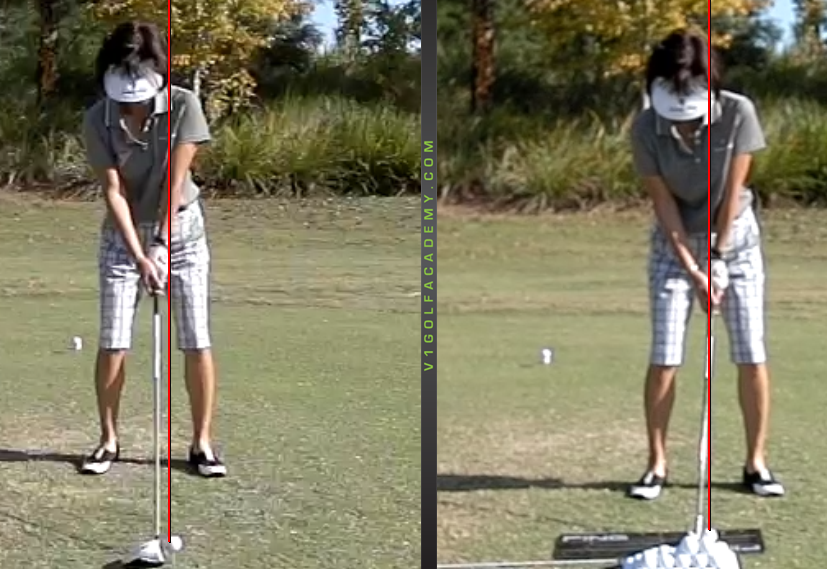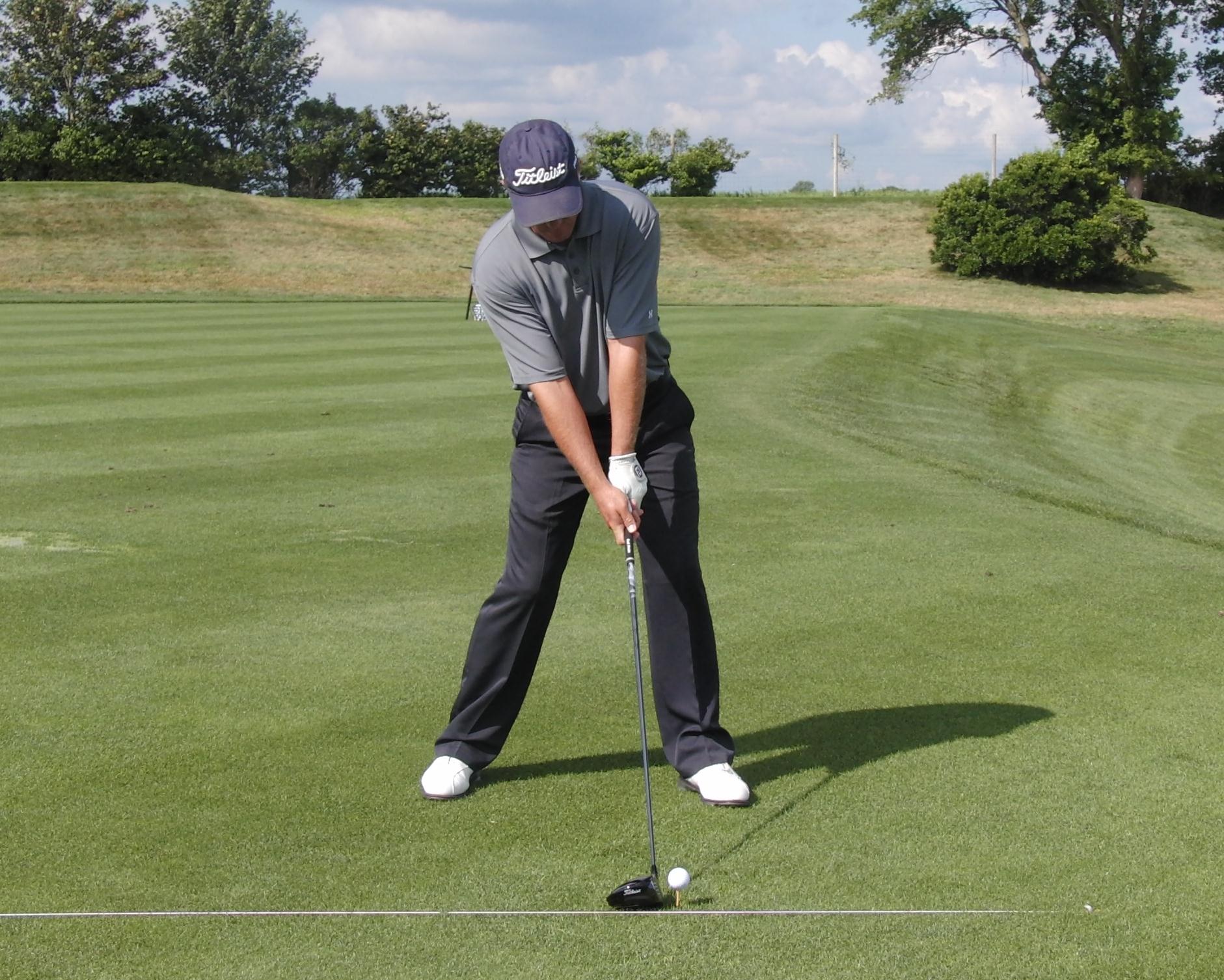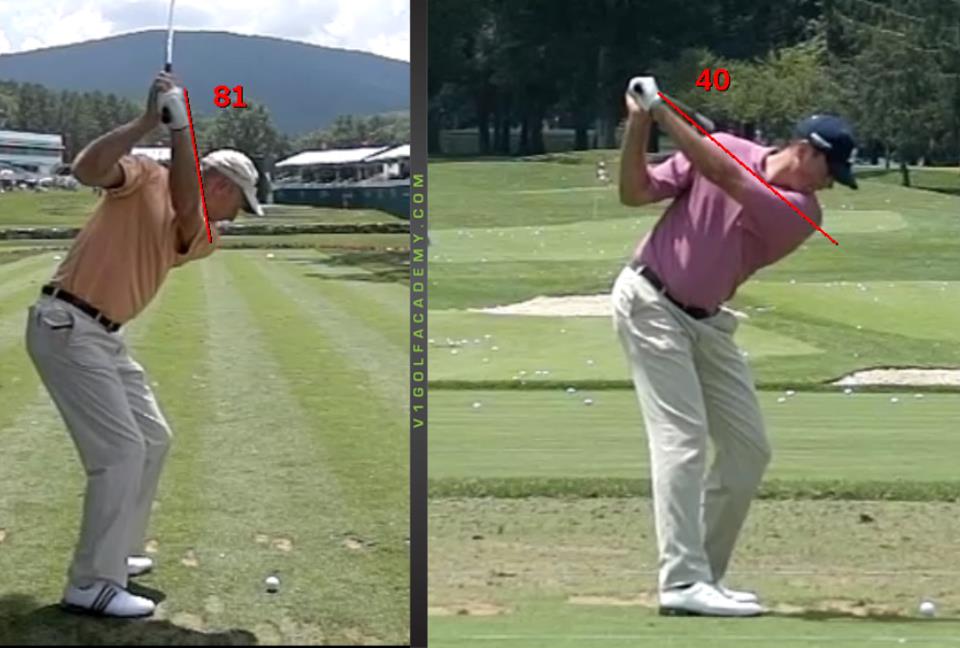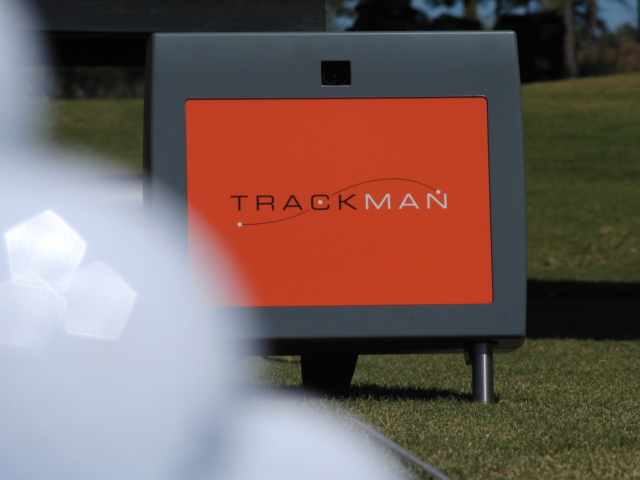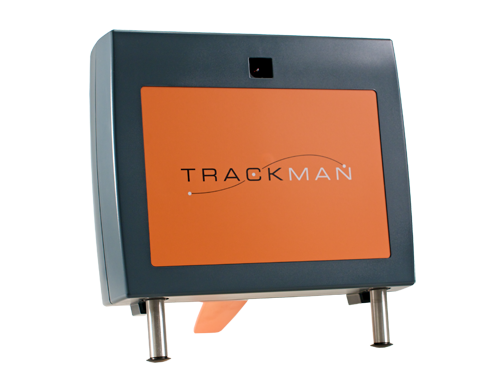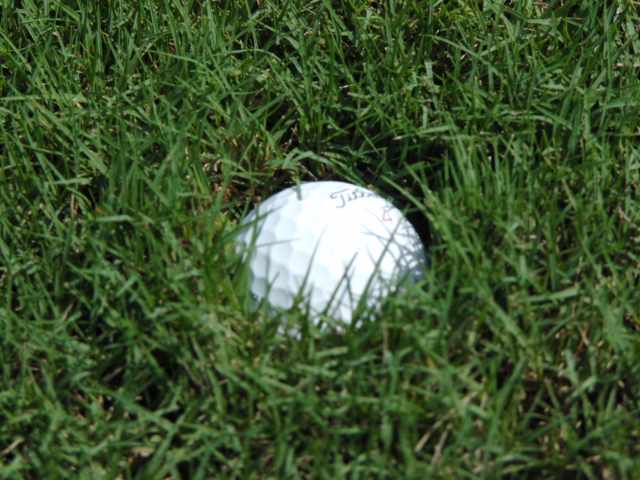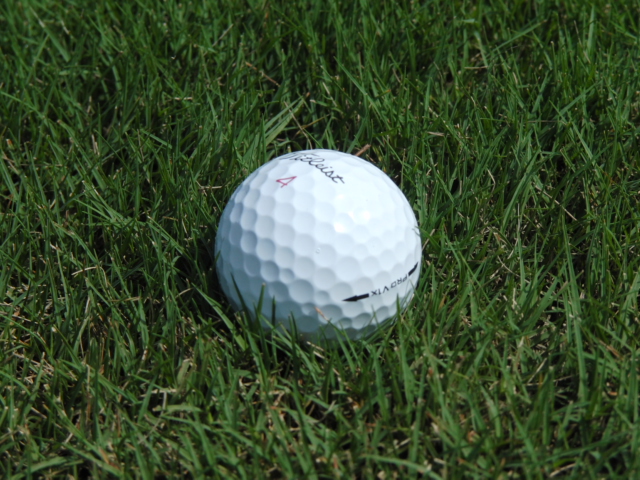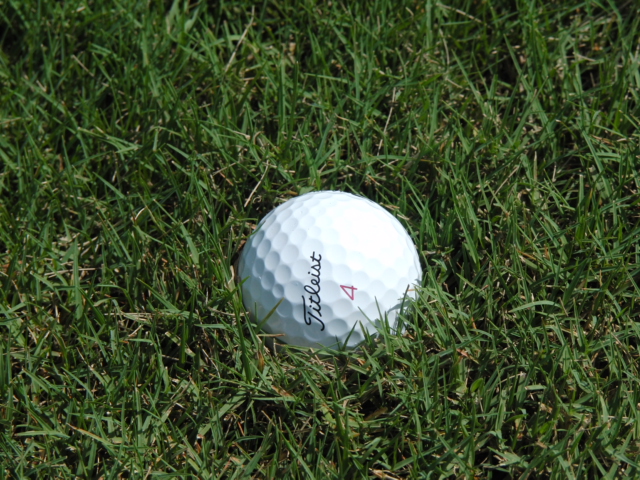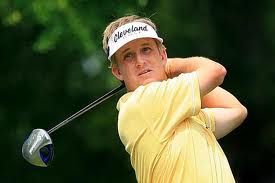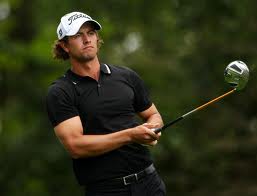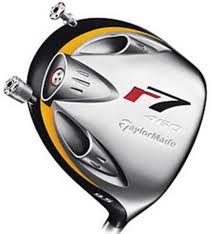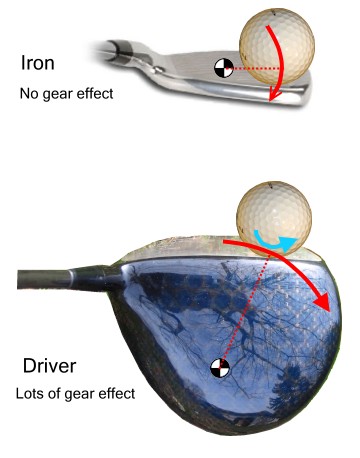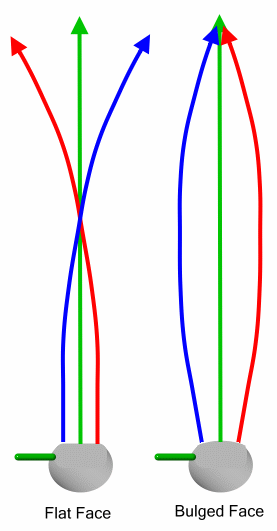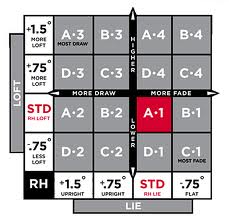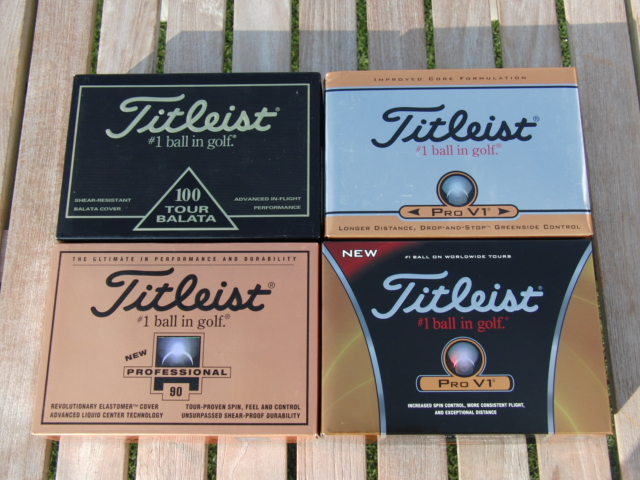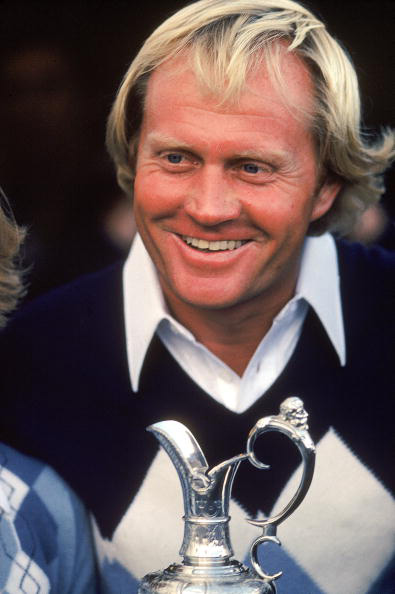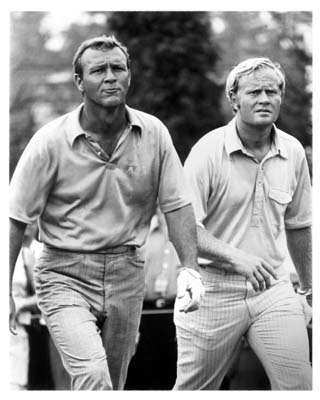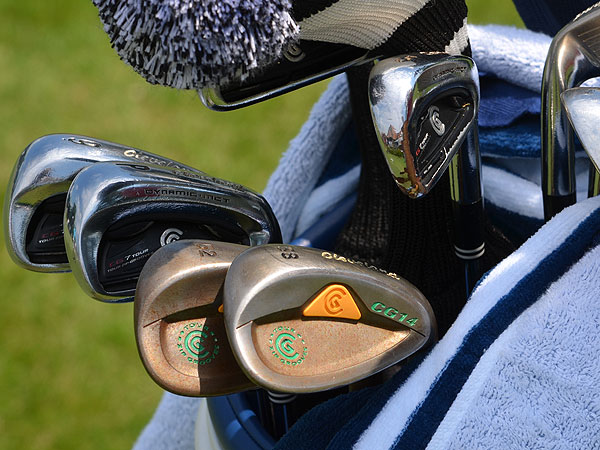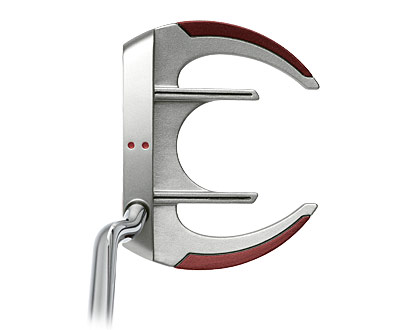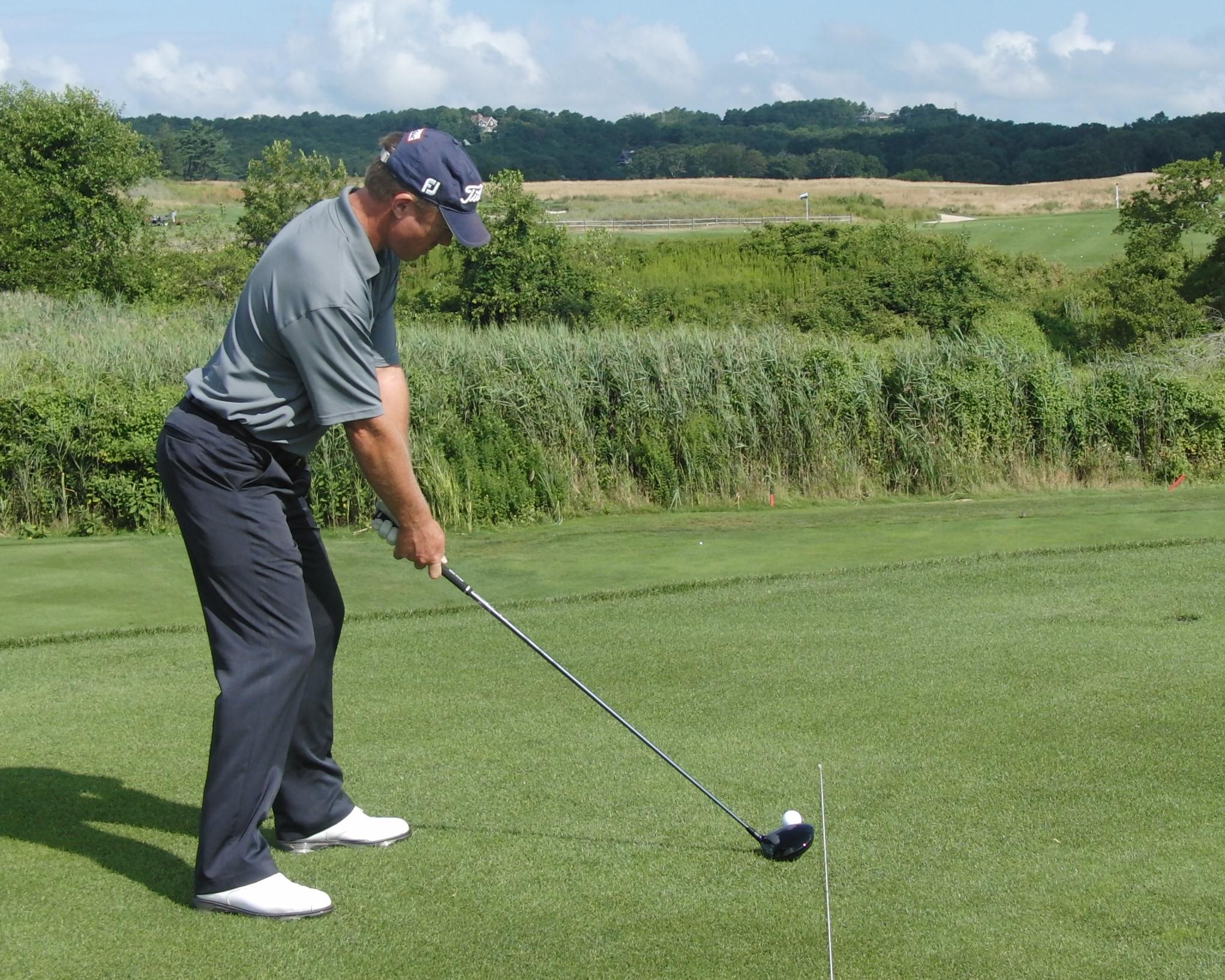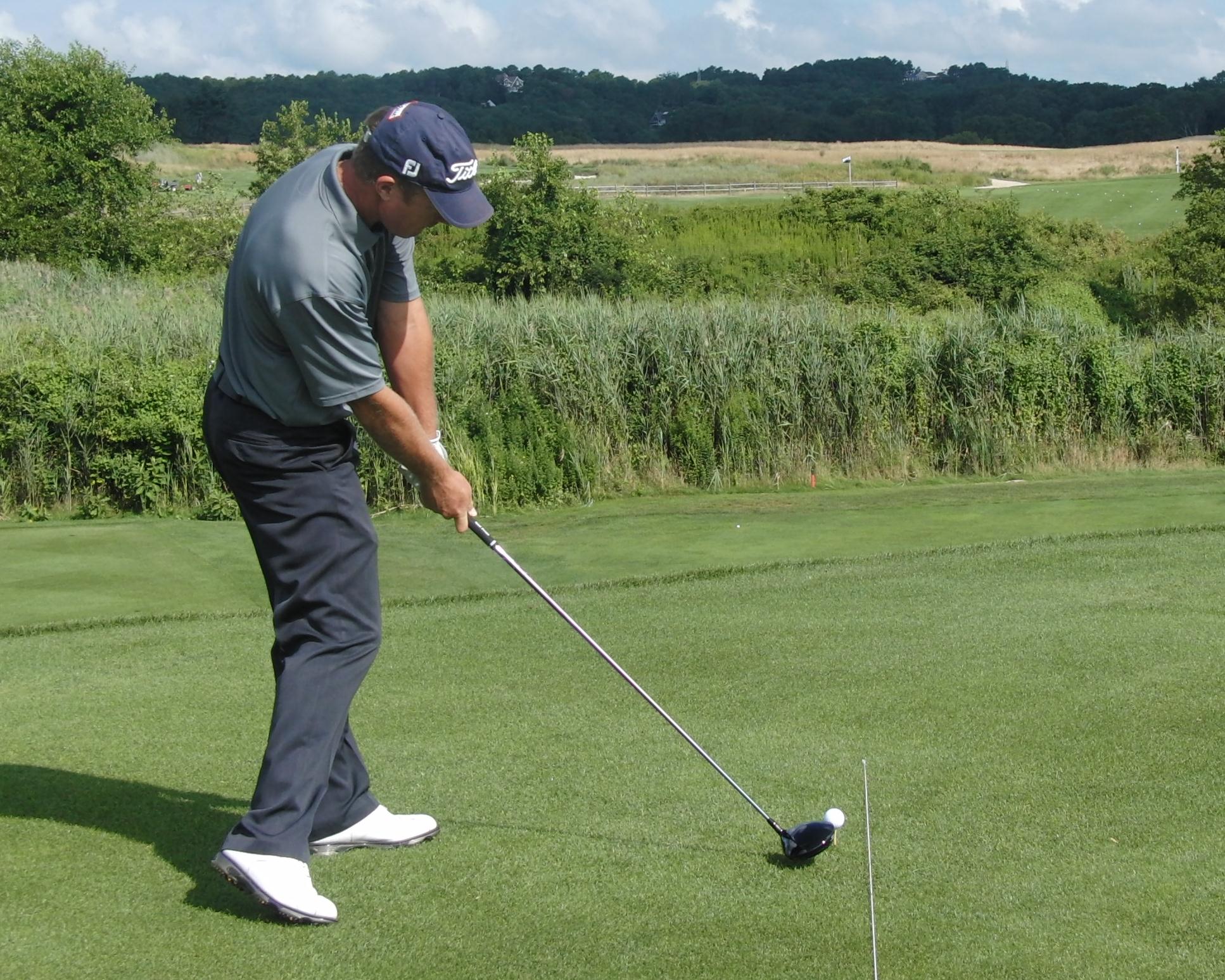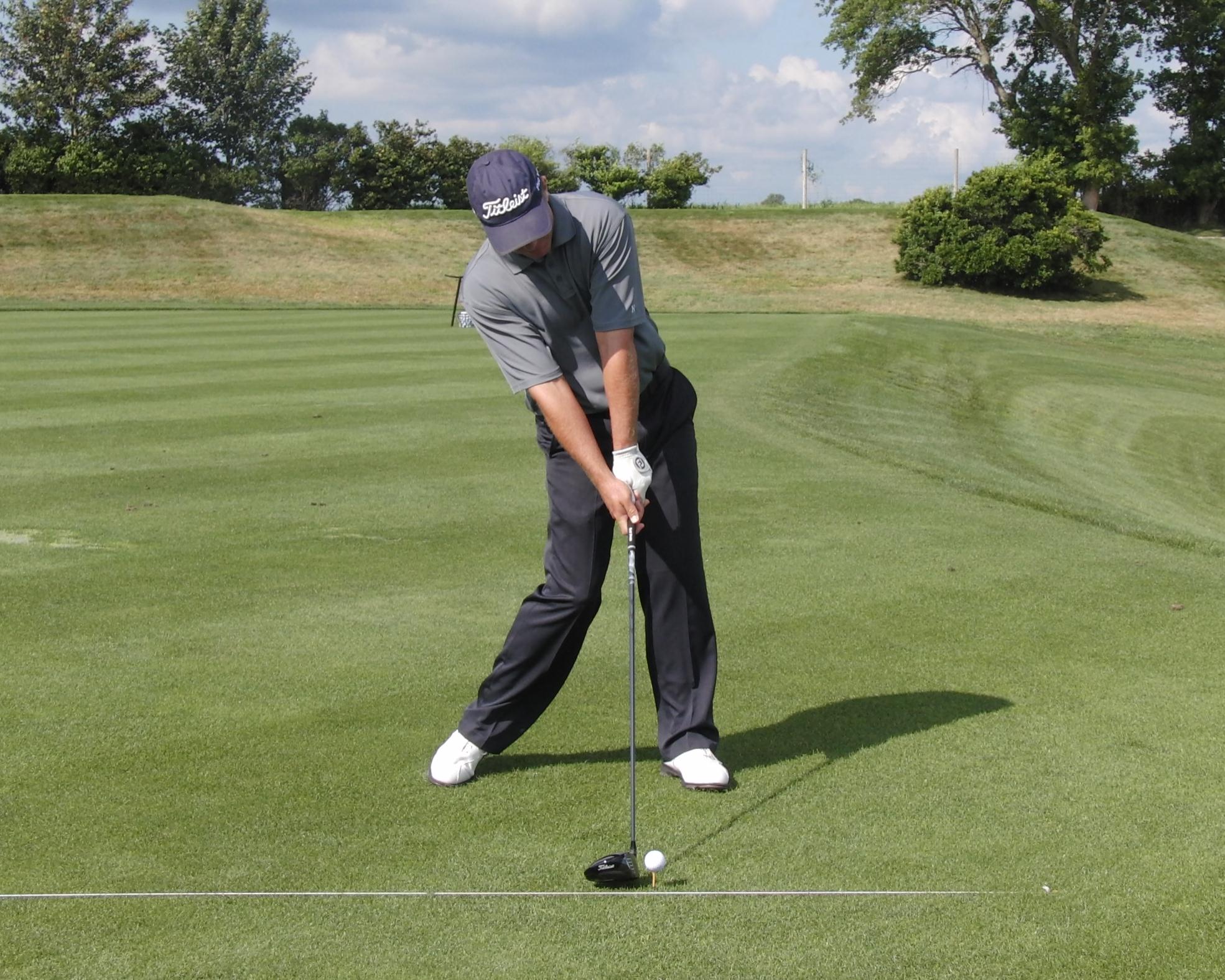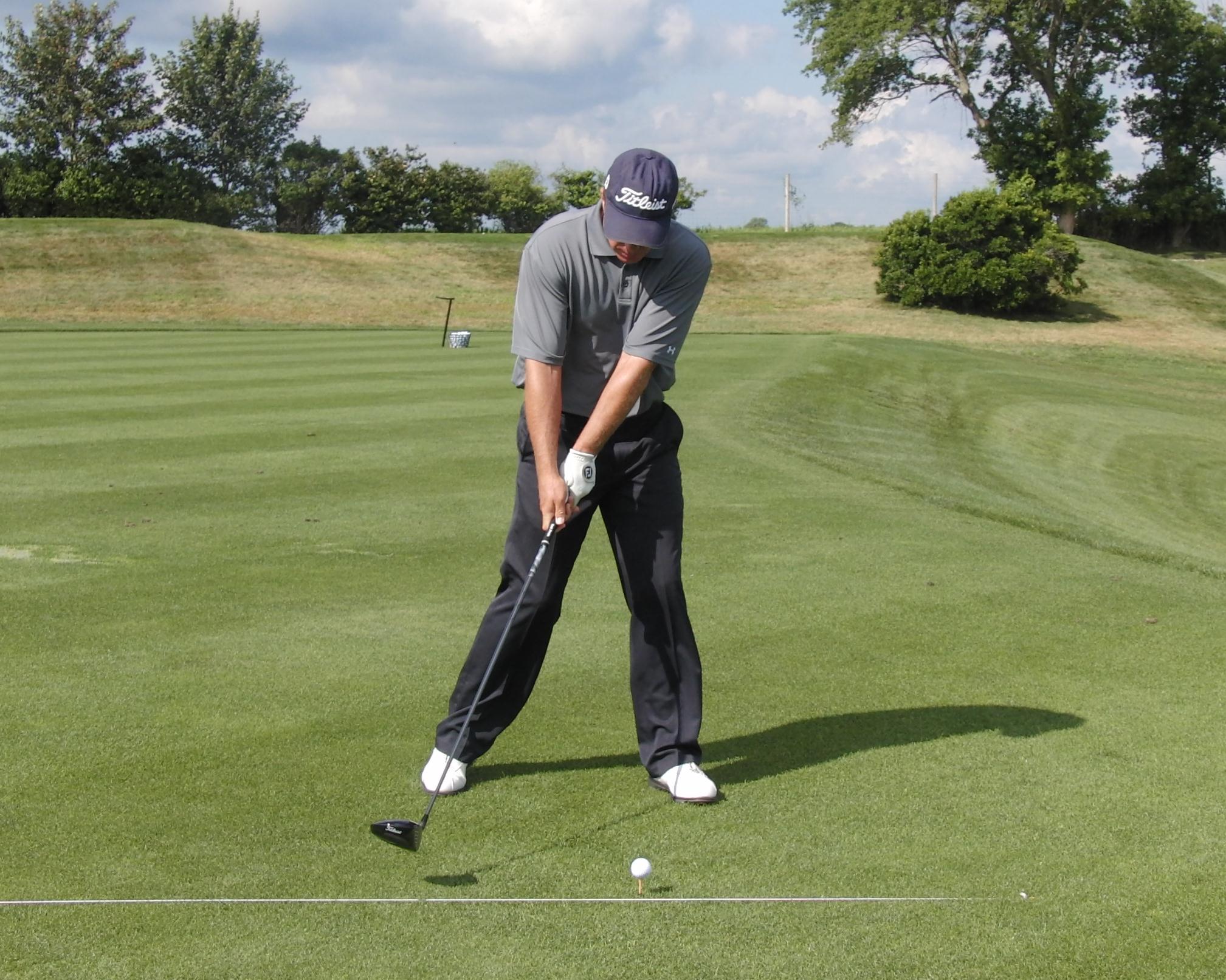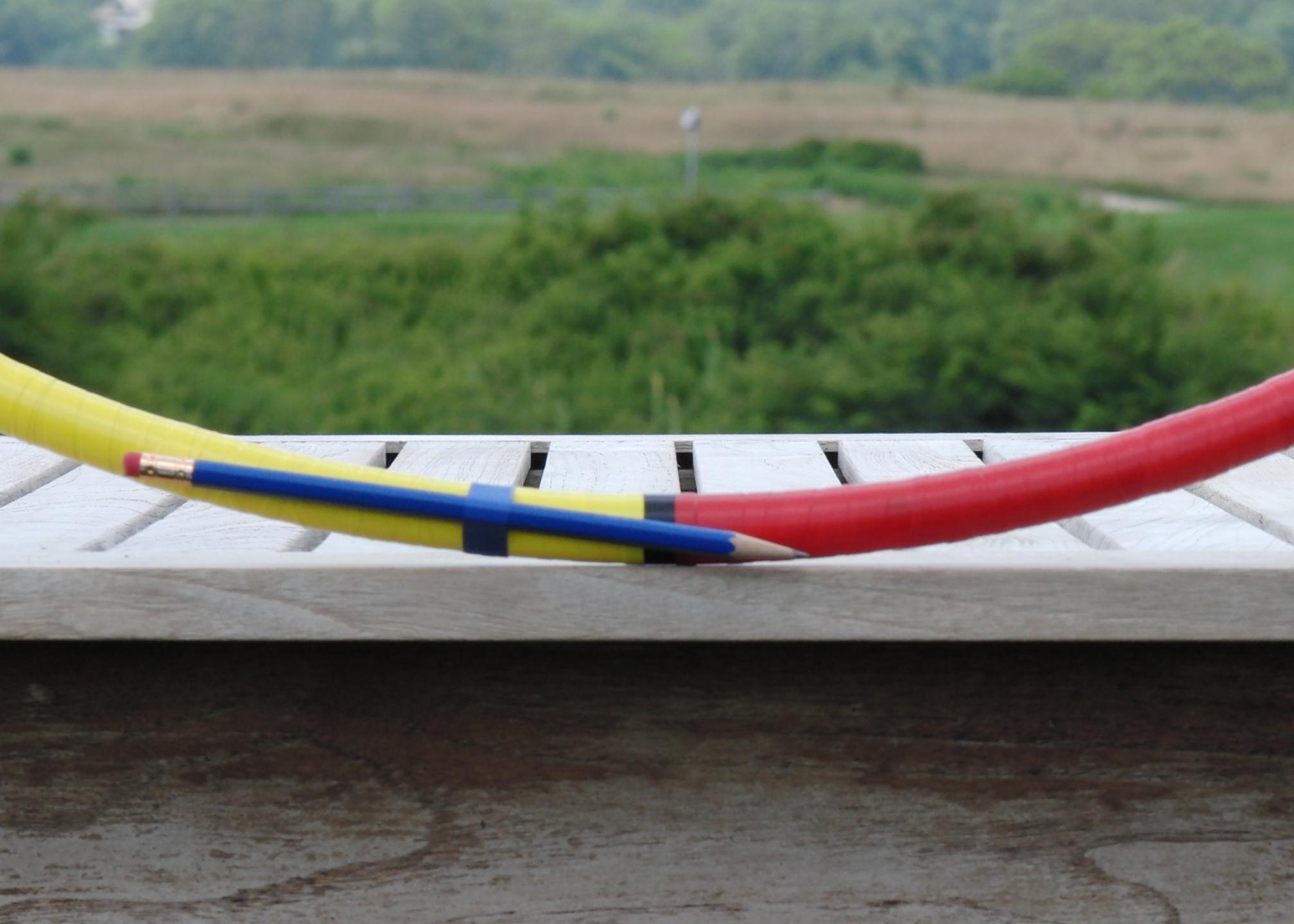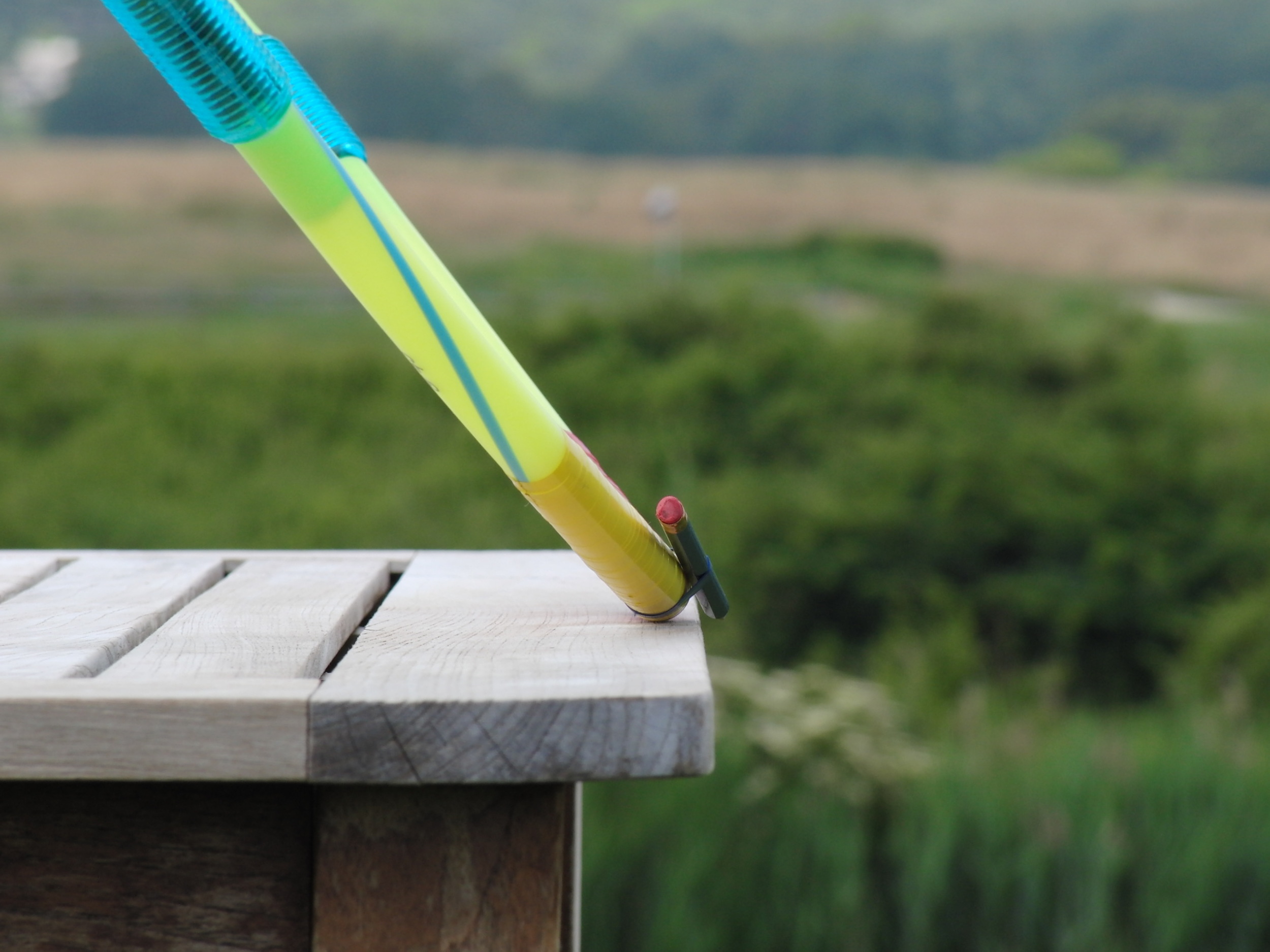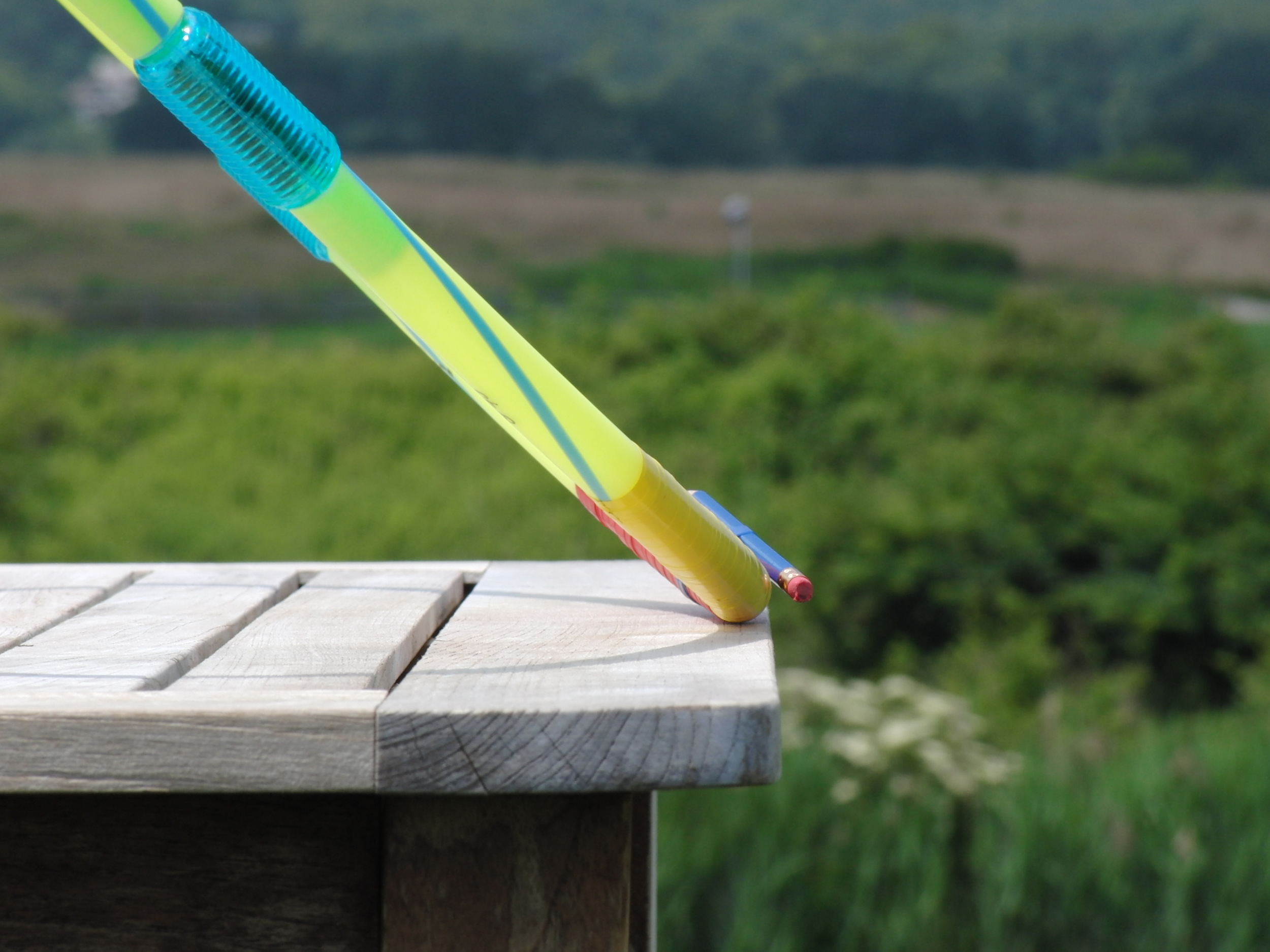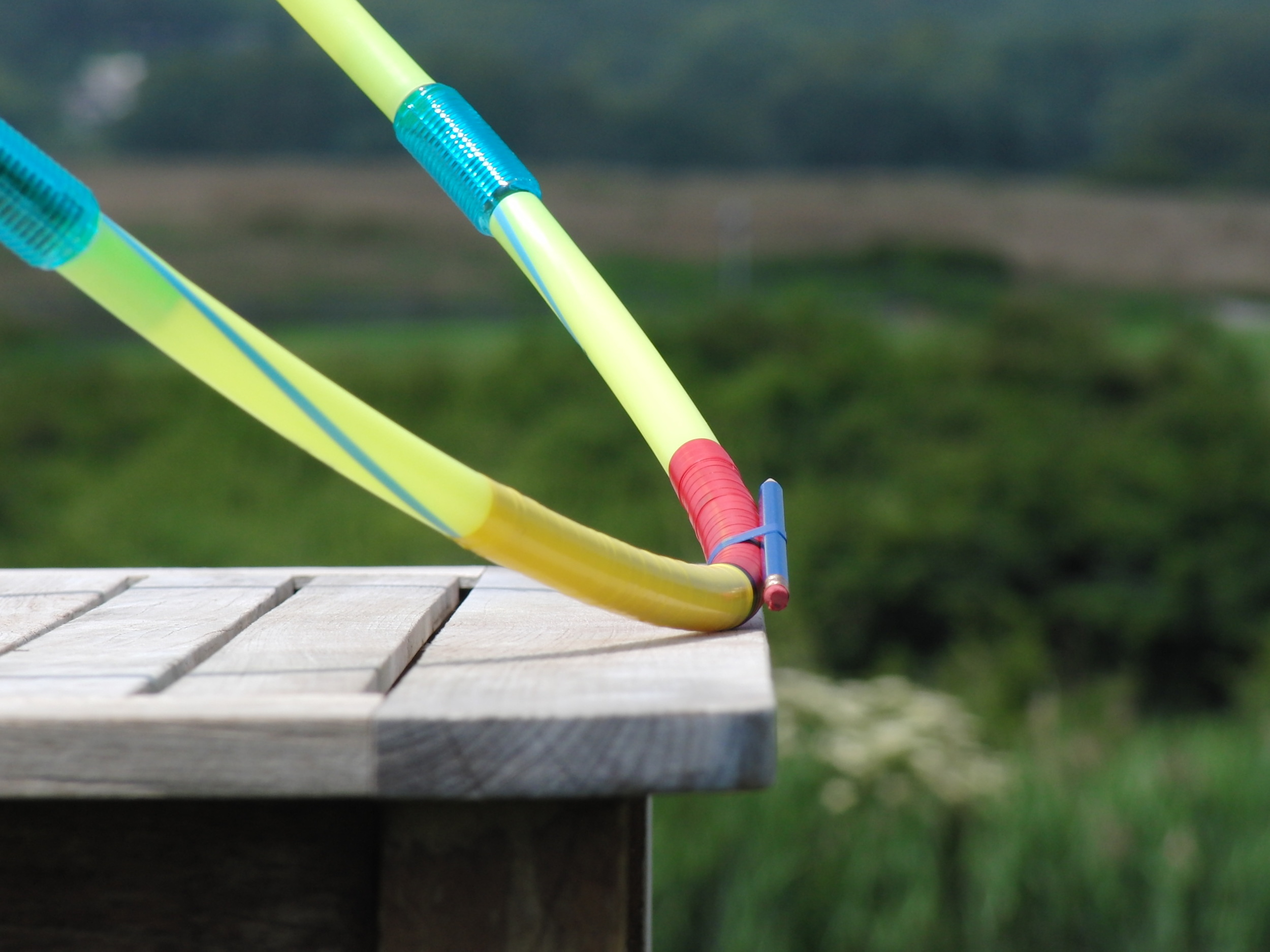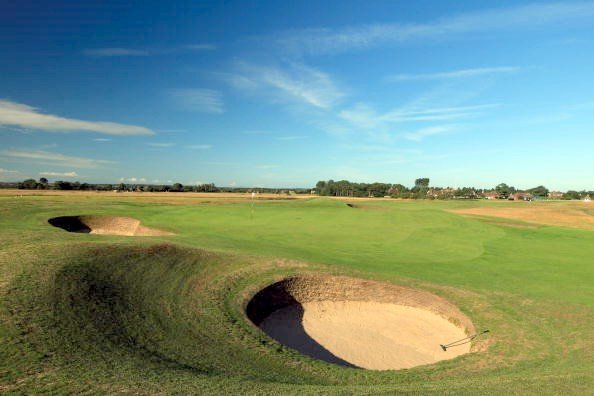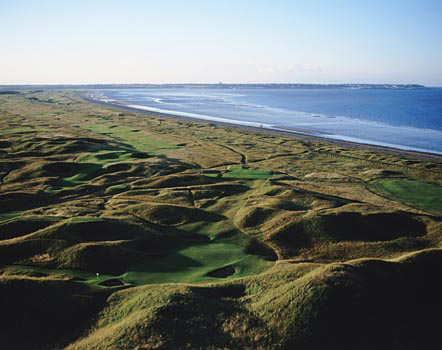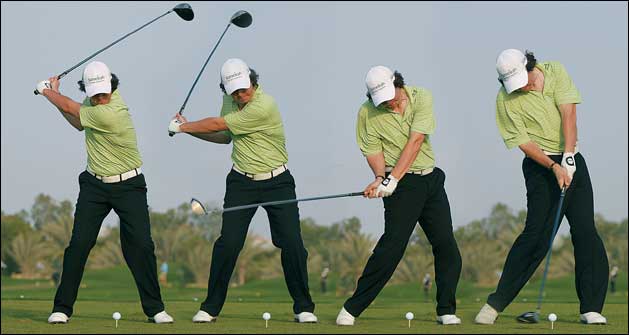Impact Bonus
/ Okay seriously - I now realize I have printed way too many books and it's time to get them out of the house. In order to maintain the festive cheer in the Rice house over the holidays I have agreed (with much persuasion from my agent/wife) to sell them on clearance. If you buy one hard cover copy for $26.95 I will send you four signed books. Shipping for all four books is $12 which means you receive four copies delivered to your doorstep for under $40 (US orders only). You now have a tremendous resource to aid in your off season improvement and a gift for each member of your Saturday morning foursome. This way life is good for you....and for me! Please help. If you have enjoyed this blog over the years and still have not broken down and purchased your hardcover version your patience has finally paid off.
Okay seriously - I now realize I have printed way too many books and it's time to get them out of the house. In order to maintain the festive cheer in the Rice house over the holidays I have agreed (with much persuasion from my agent/wife) to sell them on clearance. If you buy one hard cover copy for $26.95 I will send you four signed books. Shipping for all four books is $12 which means you receive four copies delivered to your doorstep for under $40 (US orders only). You now have a tremendous resource to aid in your off season improvement and a gift for each member of your Saturday morning foursome. This way life is good for you....and for me! Please help. If you have enjoyed this blog over the years and still have not broken down and purchased your hardcover version your patience has finally paid off.
In case you hadn't heard about It's All About Impact read on...
This book will help you:
- Take care of the fundamentals
- Get your body in position for a world-class impact
- Take the correct divot (and plenty of them!)
- Regain control of your golf ball
- Create bite with your wedges
- Control distance on your putts (yes, that too!)
- Practice to actually get better
- Review and analyze your swing just like the pros do
With this book I have worked to separate modern day style from some all-important substance in the golf swing. We are all different physically - there is no way we can all use the same swing. You will learn how to get the most out of your swing.
Make your purchase HERE
The eBook is also now available on eReaders (iPad, Kindle, Nook, Sony eReader, iTouch) for only $10 (and sometimes less!) at the following outlets:
Download iBooks (You must first download the free iBook app to your Apple device and then go to the store to purchase the book)
And please remember to rate or review the book if you have already read it.
Here is what Nick Price had to say about the book:
I have known Andrew Rice since he was a young man growing up in Southern Africa. I have always been thoroughly impressed with Andrew’s dedication and passion to play, teach, and constantly discover the intricacies of our great game. I know you will benefit from his diligent pursuit of finding the most efficient manner in which to play the game and produce results. The quest for improvement at every level of golf is never ending, but I am sure you will find Andrew’s thoughts to be an efficient way for you to achieve your potential.
Nick Price Three-Time Major Winner and Hall of Fame Member
I hope you have had a fantastic Thanksgiving and are looking forward to the Christmas season. I have big plans for all my students getting better in 2012 - watch this space.



